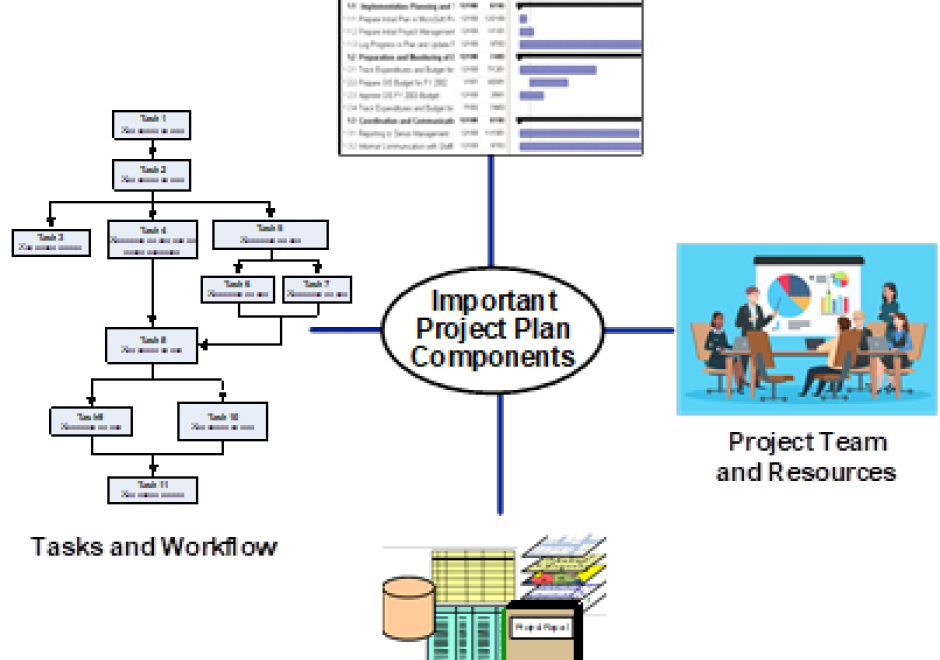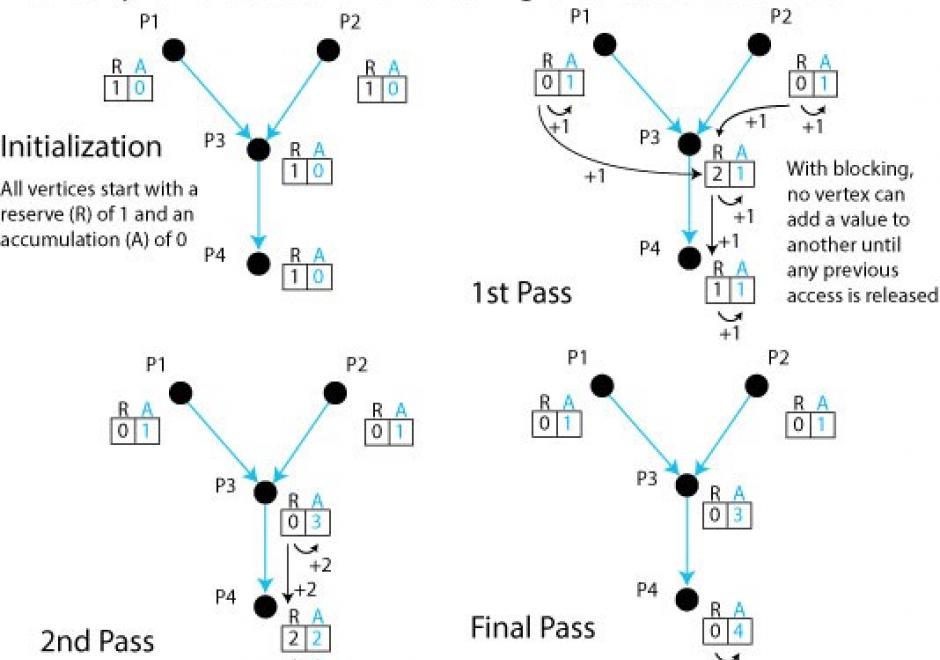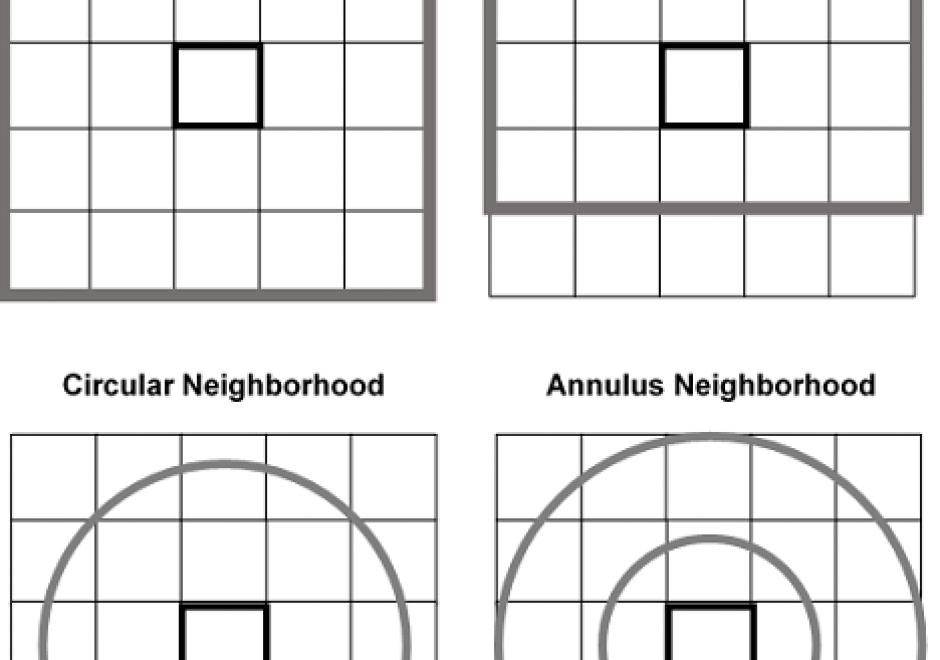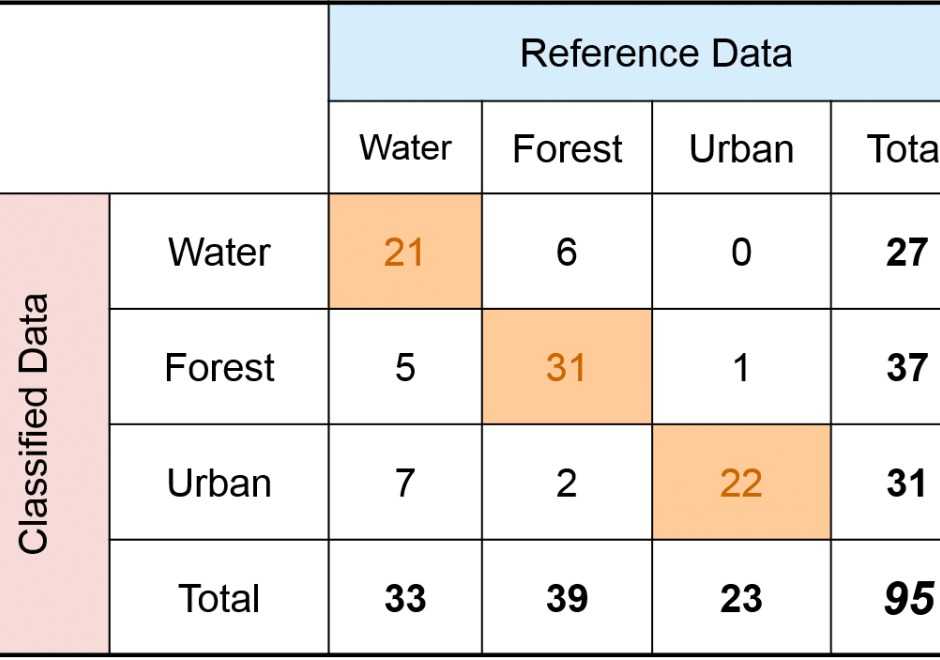KE-24 - GIS&T Positions and Qualifications

Workforce needs tied to geospatial data continue to evolve. Along with expansion in the absolute number of geospatial workers employed in the public and private sectors is greater diversity in the fields where their work has become important. Together, these trends generate demand for new types of educational and professional development programs and opportunities. Colleges and universities have responded by offering structured academic programs ranging from minors and academic certificates to full GIS&T degrees. Recent efforts also target experienced GIS&T professionals through technical certifications involving software applications and more comprehensive professional certifications designed to recognize knowledge, experience, and expertise.









DA-33 - GIS&T in Urban and Regional Planning
Professionals within the urban and regional planning domain have long utilized GIS&T to better understand cities through mapping urban data, representing new proposals, and conducting modeling and analysis to help address urban problems. These activities include spatial data collection and management, cartography, and a variety of applied spatial analysis techniques. Urban and regional planning has developed the sub-fields of planning support systems and Geodesign, both of which describe a combination of technologies and methods to incorporate GIS&T into collaborative planning contexts. In the coming years, shifting patterns of global urbanization, smart cities, and urban big data present emerging opportunities and challenges for urban planning professionals.